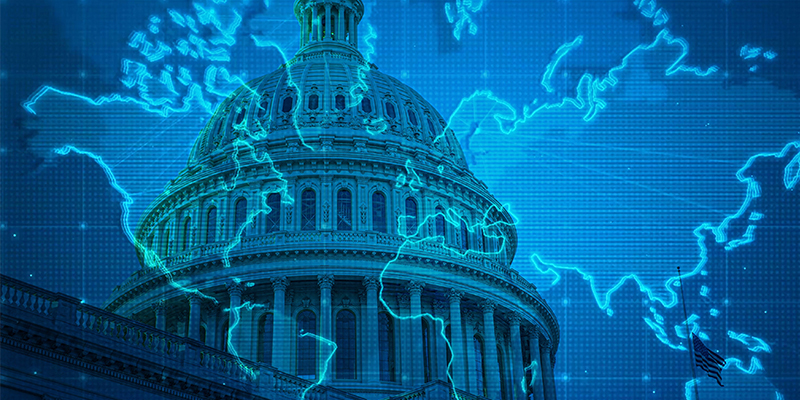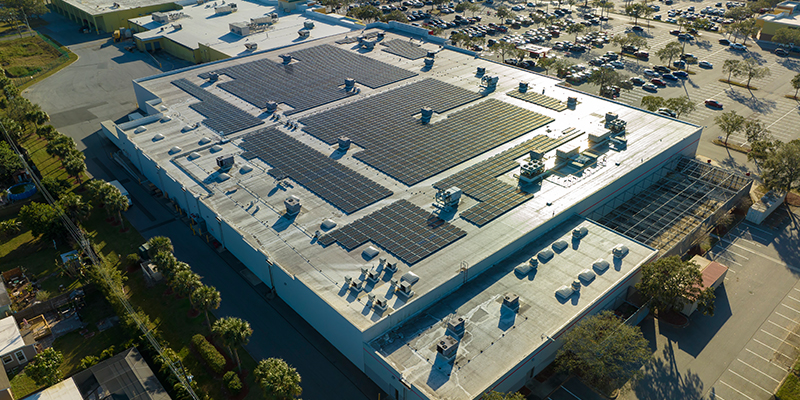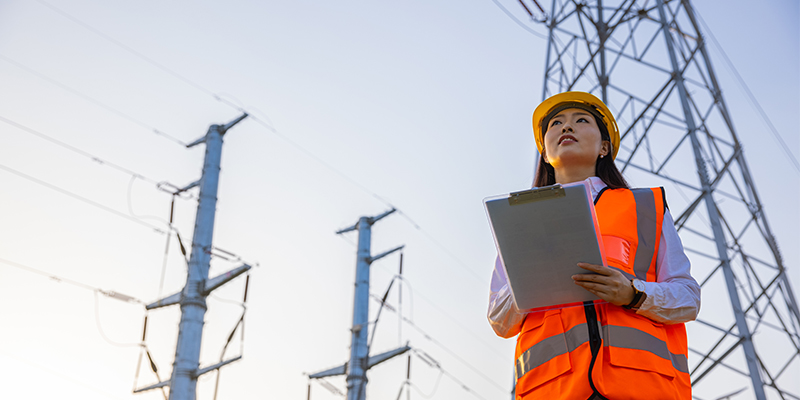The debate on greenhouse gases and climate change is occurring at every level of government within the United States. Many states have initiated mandates calling for commercial building owners to gradually reduce their greenhouse gas emissions and eventually become net-zero by certain dates as part of efforts to address climate change. These mandates have included the decarbonization or electrification of commercial buildings by banning the use of natural gas as a heating and hot water source.
NAIOP Corporate recently held an informative webinar that highlighted state efforts to mandate building electrification. Anastasia Nicolaou, vice president of policy and public affairs, NAIOP Massachusetts, and Greg Hanon, principal at Communico and the NAIOP Washington State lobbyist, led the discussion on building electrification within their respective states and the challenges facing commercial real estate.
Both panelists agreed that the adoption of aspirational goals to reduce greenhouse gas emissions from commercial buildings was inevitable within their states. The Washington State chapter focused on the legislative process in bringing more clarity and certainty to building electrification. The chapter’s efforts led to legislative language in HB 1257 that established a clear differentiation between building types and electrification over a one-size-fits-all emission reduction standard. In addition, the bill now recognizes that the cost and the cost effectiveness of replacing natural gas systems with electric are unknown, which led to no requirement for building owners to replace existing systems with lower carbon emission ones if the new systems cannot pay for themselves or a requirement to replace existing systems that have not yet reached their life span.
The Massachusetts chapter, on the other hand, is focusing on the implementation and regulatory process following Governor Charlie Baker’s signing of bipartisan legislation this March that commits to achieving net-zero emissions by 2050 while growing the economy. Nicolaou noted the following challenges for commercial real estate within her state during the implementation process:
- Are proposed emission reduction standards technologically feasible?
- While low and zero carbon technologies could support large building decarbonization, they are not readily available according to the state’s own Building Report.
- Concerns with the adoption of infeasible reduction standards and their impact on economic development and the creation of needed housing.
- There are many different definitions of net-zero. What will the final definition be?
- Grid Modernization to support increase demand with building electrification.
- Massachusetts consumes approximately 15 times more energy than it produces; as of 2020, natural gas fueled 2/3 of the in-state electricity generation.
A parallel issue highlighted in the webinar is that efforts to increase energy consumption and mandate building electrification are not always consistent or aligned with energy efficiency standards. These inconsistencies can place building owners in an unachievable position of complying with both building electrification and energy efficiency standards.
A fundamental question remains: Will natural gas bans actually reduce greenhouse gas emissions or are we just shifting and increasing gas emissions from one community or state to another? According to the U.S. Energy Information Administration, natural gas currently generates 38% of the electric power within the United States. The use of natural gas for electricity generation is meant to replace coal as a cleaner source of energy that releases reduced levels of greenhouse gases. Building electrification mandates will certainly increase demand for additional electricity, thus increasing emissions from natural gas power plants, which currently supply over one-third of the nation’s electricity. Wind, solar and other renewable energy sources have not reached the scale to replace the use of natural gas.
The webinar also included some takeaways or lessons learned by the two chapters during the building electrification debate in Massachusetts and Washington State. The lessons learned included:
- Every political landscape is different at the state and local level, but it is better to be at the table and acknowledge goal setting where possible.
- Develop case studies and examples from members that show cost impacts.
- Develop technological feasibility analysis and differentiation between building types.
- Build coalitions with other trade groups, utility providers and unions that are impacted by building electrification.
The debate on building electrification is expected to increase at the state and local levels, irrespective of actions taken by the federal government. NAIOP chapters and their members need to be prepared to participate in these debates to ensure realistic and practical outcomes based on costs, feasibility, and other measures. Even if a state, such Arizona, has enacted legislation prohibiting bans on the use of natural gas within residential and commercial properties, localities may still turn to permitting processes and building codes that compel building electrification as the only viable option for compliance.








